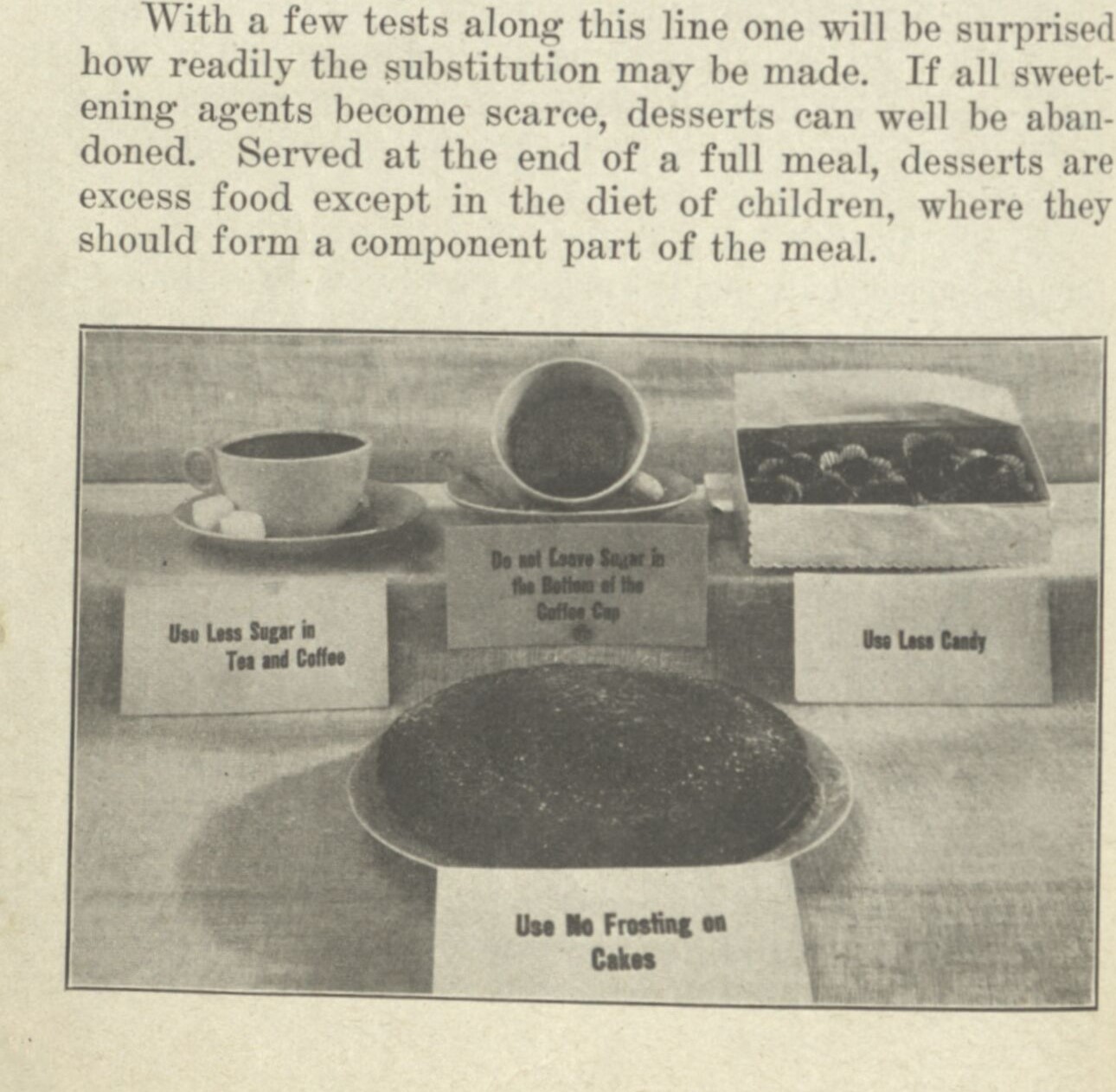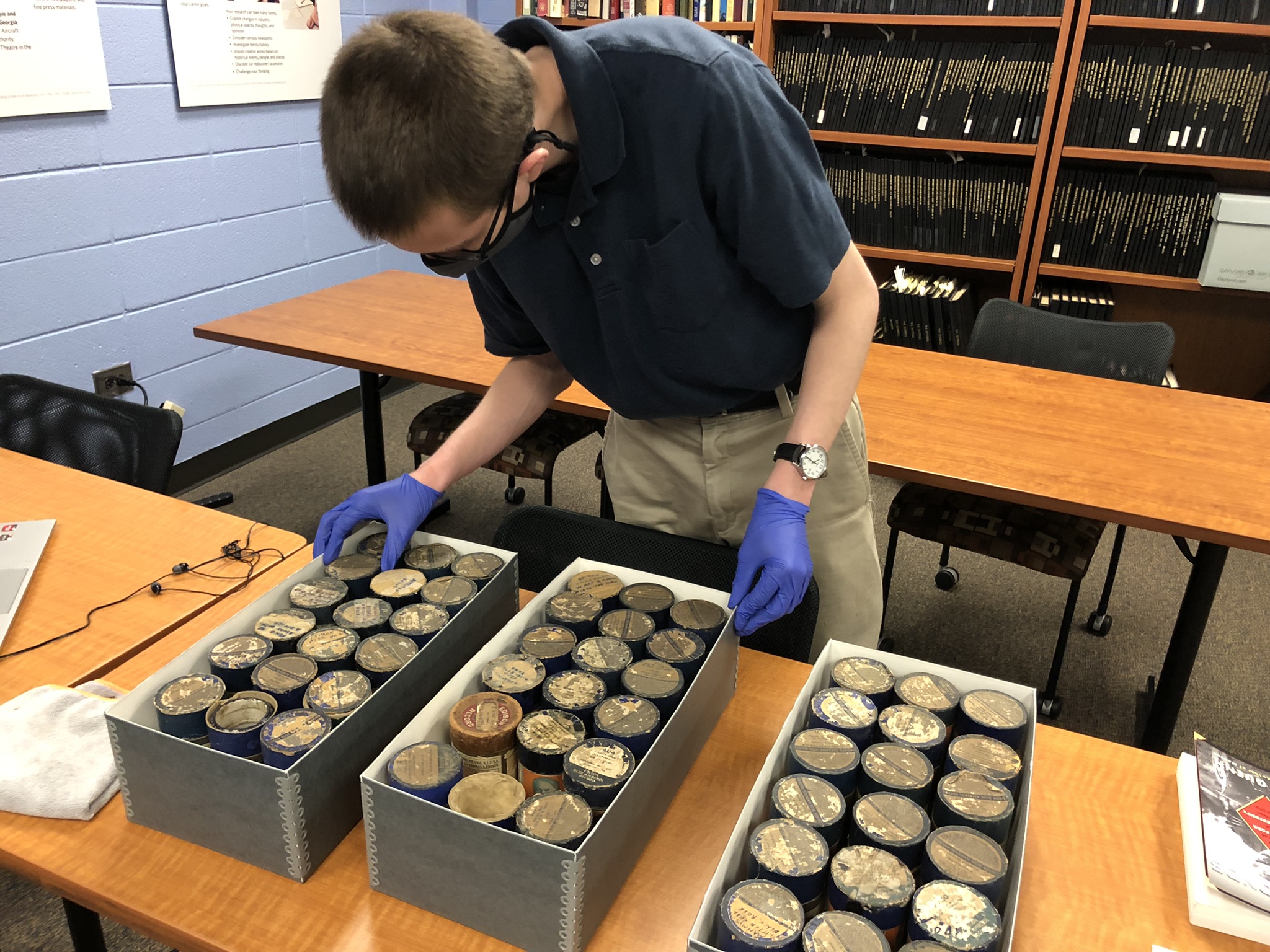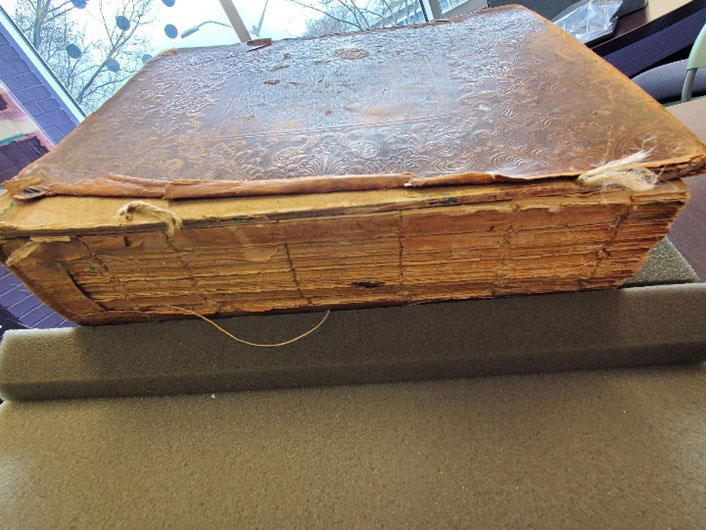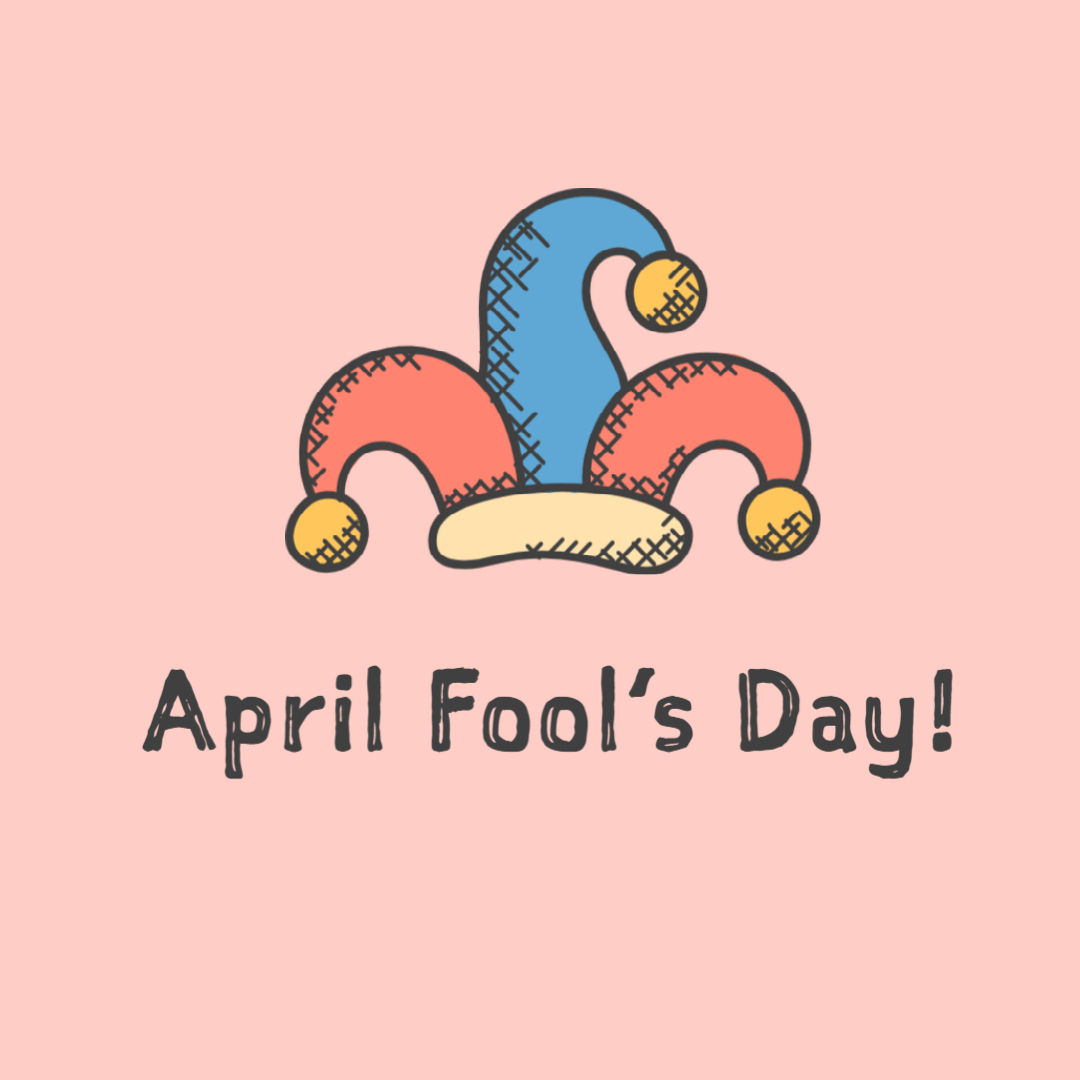
Cooking with Rare Books: Gervase Markham's "The English Housewife"
KENNESAW, Ga. | Oct 26, 2020
KSU senior Camilla Stegall provides research highlights on Markham's "The English Housewife" (1631).
Hello Readers! Welcome to the Cookery Corner Blog! I’m Camilla Stegall, and I’m a senior history major here at KSU. I have been volunteering and interning with the KSU Archives and the Bentley Rare Book Museum since Spring 2019. In this part of the Bentley Rare Book Museum Blog, we will be discussing the Bentley’s cookery collection. This includes cookbooks, food history books, menus, and more! Make sure to bring your appetite for learning…
This post begins a short series on Gervase Markham’s The English Housewife, or its full title-- The English Housewife. Containing The inward and outward Vertues which ought to be in a complete Woman. As her skill in Physicke, Surgery, Cookery, Extraction of Oyles, Banqueting stuff, Ordering of great Feasts, Perseruing of all sorts of Wines, Conceited Secrets, Distillations, Perfumes, ordering of Wooll, Hempe, Flax, making Cloth, and Dying, the knowledge of Dayries, office of Malting, of Oates, their excellent uses in a Family, of Brewing, Baking and all other things belonging to a Household. But from here on, we’ll just call it The English Housewife. Today, we’ll be examining Markham’s history and the publication process.
Gervase Markham was born in 1568, making him four years younger than the literary icon, William Shakespeare. Markham came from a noble family, but due to family financial struggles was not able to inherit much, if anything (Best 1986, xi-xii). He would go on to write extensively on the topics of horses, husbandry, and military matters with some fiction works as well (Mullett 1944, 106, 110, 117). Due to the publication process at the time, he was only paid for the initial manuscript and not for each book sold. This publishing process led him to write or re-release many books, particularly on horses, such to the point that at least five of his books about horses were available at one time. He eventually had to sign a court order stating that he would not write any more books about horses.
The English Housewife was first published in 1615, originally the second book in a two-volume set called Country Contentments. It was published again in 1523 as Country Contentments, or the English Huswife (Mullett 1944, 115). The Bentley owns a copy of the 4th edition, which was published in 1631 and was the last edition that Markham himself helped edit. The process by which Markham created The English Housewife might raise some eyebrows. He created it by compiling a variety of sources with little to no acknowledgment, although in our edition he does admit in the dedication that much of it came from a Countess’s manuscript.


By modern-day standards, this sounds like plagiarism. During Markham’s time, in the early 17th century, this would not have been a big issue. They simply did not have the copyright laws we do today (Best 1986, xvii). On top of this, Markham was also adding original content. Michael R. Best, in his introduction to his edited edition of The English Housewife, describes Markham, in the context of The English Housewife, “as an editor who made some original contributions to his material, rather than as a writer claiming originality guilty in fact of plagiarism” (Best 1986, xvii).
The content of The English Housewife is divided into detailed chapters about illnesses, and cooking, along with shorter chapters on topics such as wine, dyeing, dairies, and oats. This was not the first such household book targeted toward women. An example of an earlier publication is John Partridge’s popular The Treasurie of Commodious Conceits and Hidden Secrets in 1573. The English Housewife, however, was unique in a couple of ways. (Mortimer 2012, 255). It separated medical remedies and cooking recipes and was also one of the first handbooks to go into detail about dairies, which was seen as women’s work (Best 1986, xxxiv, xlv).

For more information about Gervase Markham and The English Housewife:
Best, Michael R., ed. 1986. The English Housewife. Kingston, Ont.: McGill-Queen’s University Press.
Mullet, Charles F. 1944. “Gervase Markham: Scientific Amateur.” Isis 35 no. 2 (Spring):106-118. https://www.jstor.org/stable/330592
Skinner, Julia. 2012. Modernizing Markham: Bringing The English Housewife to Today’s Readers. Iowa City, IA: Candle Light Press
















